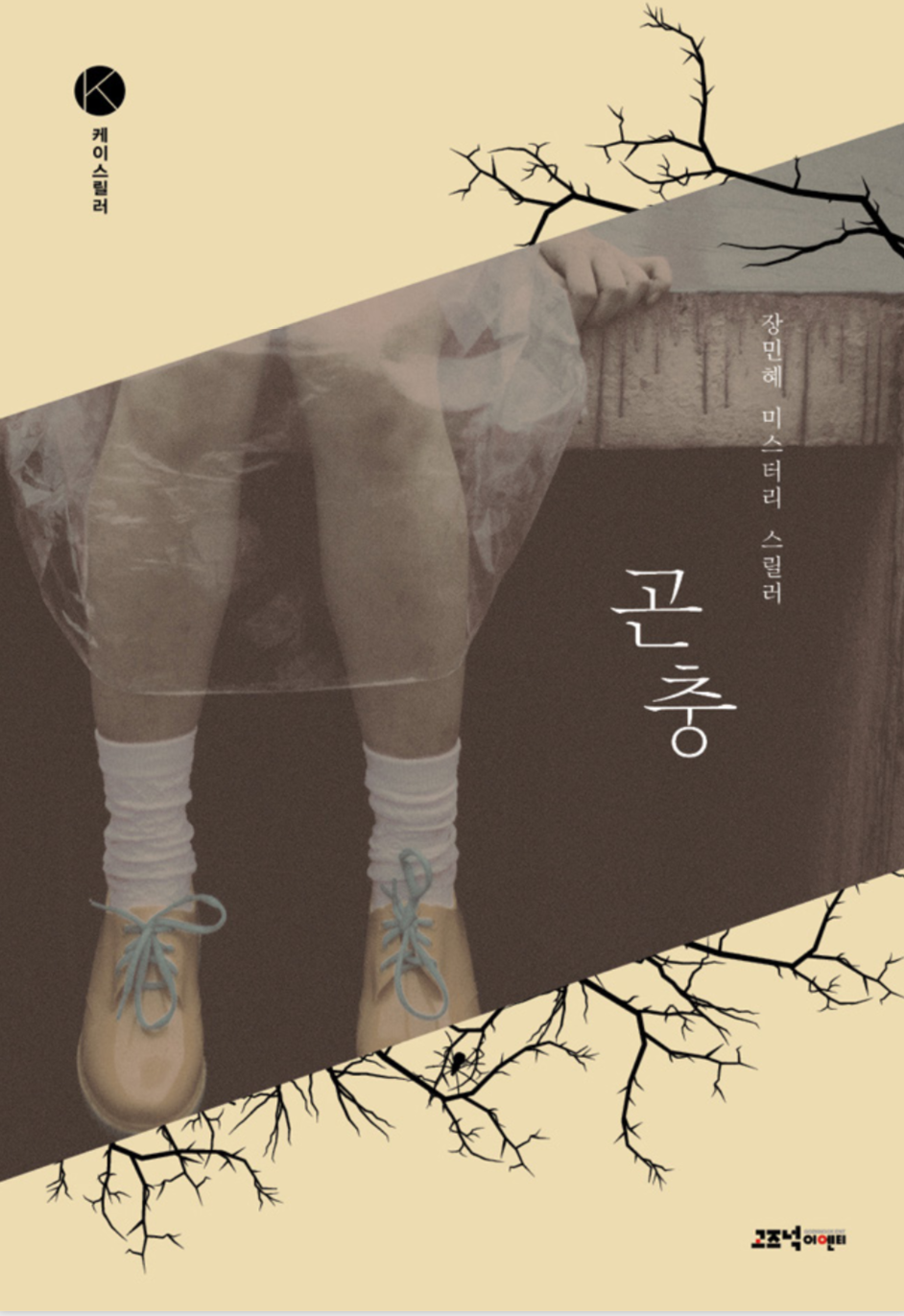Jang Min-hye
BOOKS
BUGS
Translated by Anton HurGoznock/Korea, sold in pre-empt to Calm Matin/France.
English partial available.
A Korean thriller at its best; original, page-turning and profound. Compare to Seo Mi Ae’s The Only Child and You Jeong Jeong’s The Good Son.
In "The Bugs (or "The Insect")" a 13-year-old girl is discovered dead in the flower bed of an apartment complex. She's been missing for the past three years, but in a town where kids go missing all the time, her case was dismissed by the police as a runaway. The lead detective discovers an emerald beetle on the girls body and is convinced that this insect is the key to solving her mystery. However, in search of the murderer, the detective ends up uncovering a disturbing trail of police corruption, illegal drug operations, and child prostitution. A dark story in which the grittiness adds to the mystery. The ending is optimistic however with a major theme of the book being how life is reborn through tragedy.All of the characters are well developed and distinct. The author does a good job of making believable characters that the mystery can build off of. And having a lot of well developed characters makes it hard to guess who the murderer(s) is/are.
THE BUGS is a crime/thriller novel populated by predatory men and stray children. At its center is Hyunji, a single mother who refuses to rest till she finds out who murdered her daughter, Yerin. Between the opening (Yerin’s body found) and the closing (the case resolved) is a stratum of complicated, carefully laid sub-narratives, each focused on a character who is an abuser and/or a victim of abuse, together presenting a portrait of a community where children are hurting and forced astray; adults who ought to be protectors and nurturers are negligent, deceptive, and cruel; and the systems meant to enforce justice and ensure the welfare of even the weakest aren’t functioning. Yet, hopefulness and resilience flecks that bleak picture. The grieving mother extends sympathy to the boy, Dain, accused (falsely) as her daughter’s killer; Dain’s friend, also an abandoned child, broadcasts Dain’s innocence on the rooftop of an apartment building because no one would pay him attention; Detective Seojoon, despite his personal experience of domestic violence, hasn’t lapsed into cynicism or a perverted sense of justice, as so many other male characters in the book have, and rather sublimates his trauma into a professional and personal strength.
THE BUGS is genre; it makes no bones about wanting to tease and shock, and while at it, to exhort us to make society better.

